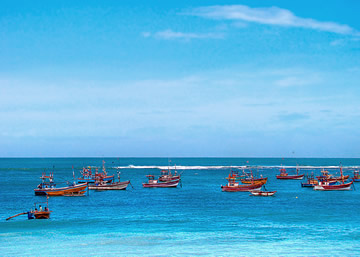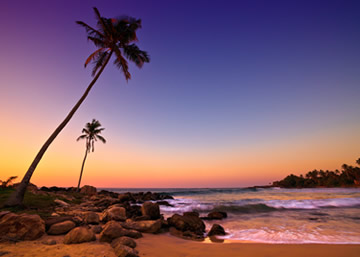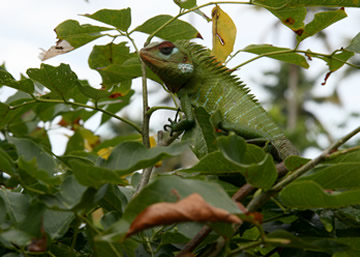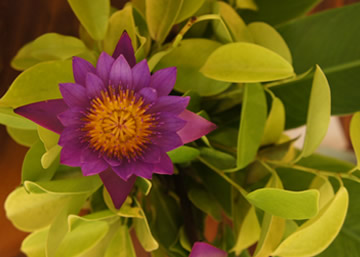
Gurubebila, Weligama,
Sri Lanka
Tel. +94 777 24 11 53
kdlwasantha@yahoo.com
The island nation of Sri Lanka,which means "blessed land" - a real tourist paradise in the middle of the ocean, where guests can enjoy excellent resorts and endless golden beaches, lush green rain forests and the mysterious ancient city lost in the jungle.Until 1972, the country was known as Ceylon. Due to its favorable location at the crossroads of major sea routes, Sri Lanka has long been an important hub connecting the Western and South-East Asia. Since ancient times, Sri Lanka was the center of Buddhism in the island, numerous unique cultural and historical monuments. Most are located in the Golden Triangle of Sri Lanka, which includes cities such as Dambulla, Sigiriya and Kandy.
Official capital: Sri Dzhayavardenepura Kotte
Actual capital: Colombo


Lying within the Indomalaya ecozone, Sri Lanka is one of 25 biodiversity hotspots in the world. Although the country is relatively small in size, it has the highest biodiversity per 10,000 square km in Asia. Remarkably high proportion of the species among its flora and fauna, 27% of the 3,210 flowering plants and 22% of the mammals, are endemic Sri Lanka has declared 24 wildlife reserves, which are home to a wide range of native species such as Asian elephants, leopards, sloth bears, the unique small loris, a variety of deer, the purple-faced langur, the endangered wild boar, porcupines and anteaters.
Flowering acacias flourish on the arid Jaffna Peninsula. Among the trees of the dry-land forests are valuable species such as satinwood, ebony, ironwood, mahogan and teak. The wet zone is a tropical evergreen forest with tall trees, broad foliage, and a dense undergrowth of vines and creepers. Subtropical evergreen forests resembling those of temperate climates flourish in the higher altitudes.
The Yala National Park in the southeast protects herds of elephant, deer, and peacocks. TheWilpattu National Park, the largest, in the northwest preserves the habitats of many water birds, such as storks, pelicans, ibibs and spoonbills. The island has four biosphere reserves: Bundala, Hurulu Forest Reserve, the Ranneliya-Dediyagala-Nakiyadeniya, and Sinharaja. Out of these, Sinharaja forest reserve is home to 26 endemic birds and 20 rainforest species, including the elusive Red-faced Malkoha, Green-billed Coucal and Sri Lanka Blue Magpie. The untapped genetic potential of Sinharaja flora is enormous. Of the 211 woody trees and lianas within the reserve, 139 (66%) are endemic. The Total vegetation density, including trees, shrubs, herbs and seedlings, has been estimated at 240,000 individuals per hectare.


Cuisine of Sri Lanka has its own characteristics. In a variety of dishes use coconut, juice,oil and palm nectar (treacle). Very popular umbalakada (umbalakada) - powder of dry fish, it is added to curries for flavor. Very tasty white rice with coconut milk - Kiribati (kiribath). It is included in the menu of some restaurants and cut diamonds, served during various ceremonies. Kiribati, with its mild flavor is good in itself, and with tapas, such as a mixture of crushed red pepper, onion, lemon and spices - kata sambol (Katta sambola). With coconut and palm "honey" Kiribati is a sweet dish called Imbul Kiribath. Another famous Lankan delicacy - pitta (pittu), a mixture of rice flour, grated coconut and water. It steamed and served with curry or kata sambol.
Traditional bannock - roti (rotti) is made from rice flour and grated coconut, served with curry, tapas and bananas.
Great influence on the local cuisine culinary traditions have people who have left their mark on the history of the island. On the table are frequent Lankan, Arabic, Portuguese, English, Dutch, Chinese, Polynesian and Malay "motives". For several centuries Lankans creatively "mastered" them and included in their menu.
.jpg)
.jpg)
Dishes include rice and curry, pittu, Kiribath, whole meal Roti, String hoppers, wattalapam (a rich pudding of Malay origin made of coconut milk, jaggery, cashew nuts, eggs, and spices including cinnamon and nutmeg), kottu, and hoppers. Jackfruit may sometimes replace rice and curries. Traditionally food is served on a plantain leaf.
Middle Eastern influences and practices are found in traditional Moor dishes, while Dutch and Portuguese influences are found with the island's Burgher community preserving their culture through traditional dishes such as Lamprais (rice cooked in stock and baked in a banana leaf), Breudher (Dutch Christmas cake), Bolo Fiado (Portuguese-style layer cake), and Gum Billas (Dutch style honey coated sweet treats).
In April, Sri Lankans celebrate the Buddist and Hindu new year festival. In addition, Esala Perahera, a symbolic Buddhist festival consisting of dances and richly decorated elephants, is held in Kandy, during the month of August. Fire-dances, whip-dances, Kandian dances and various other cultural dances are integral parts of the festival. Tamils celebrate Thai Pongal, Maha Shivaratri and Muslims celebrate Hajj, Ramadan in their respective days of the year.
.jpg)
.jpg)
.png)